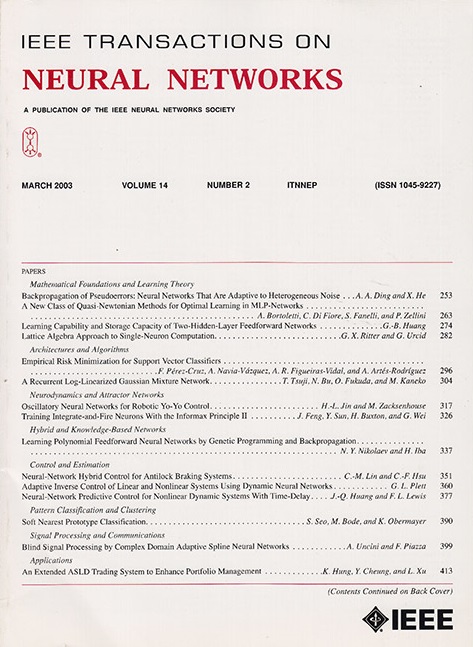Semi-Supervised Breast Lesion Segmentation Using Confidence-Ranked Features and Bi-Level Prototypes.
IF 8.9
1区 计算机科学
Q1 COMPUTER SCIENCE, ARTIFICIAL INTELLIGENCE
IEEE transactions on neural networks and learning systems
Pub Date : 2025-10-09
DOI:10.1109/tnnls.2025.3616332
引用次数: 0
Abstract
Automated lesion segmentation through breast ultrasound (BUS) images is an essential prerequisite in computer-aided diagnosis. However, the task of breast segmentation remains challenging, due to the time-consuming and labor-intensive process of acquiring precise labeled data, as well as severely ambiguous lesion boundaries and low contrast in BUS images. In this article, we propose a novel semi-supervised breast segmentation framework based on confidence-ranked features and bi-level prototypes (CoBiNet) to alleviate these issues. Our outputs are derived from two branches: classifier and projector. In the projector branch, we first rank the features by multilevel sampling to obtain multiple feature sets with different confidence levels. Then, these sets are progressed in two directions. One is to acquire local prototypes at each level by local sampling and perform trans-confidence level (TCL) contrastive learning. This encourages the low-confidence features to converge to the high-confidence features, which enhances the model's ability to recognize ambiguous regions. The other process is to generate more representative global prototypes by global sampling, followed by generating more reliable predictions and performing cross-guidance (CG) consistency learning with the classifier output predictions, facilitating knowledge transfer between the structure-aware projector and the category-discriminative classifier branches. Extensive experiments on two well-known public datasets, BUSI and UDIAT, demonstrate the superiority of our method over state-of-the-art approaches. Codes will be released upon publication.使用置信度排序特征和双水平原型的半监督乳腺病变分割。
通过乳腺超声(BUS)图像自动分割病灶是计算机辅助诊断的必要前提。然而,由于获取精确标记数据的过程耗时费力,并且在BUS图像中病变边界严重模糊,对比度较低,因此乳房分割的任务仍然具有挑战性。在本文中,我们提出了一种基于置信度排序特征和双层原型(CoBiNet)的新型半监督乳房分割框架来缓解这些问题。我们的输出来自两个分支:分类器和投影仪。在投影分支中,我们首先通过多级采样对特征进行排序,得到具有不同置信度的多个特征集。然后,这些集合向两个方向发展。一是通过局部采样获取每一层次的局部原型,并进行跨置信水平(TCL)对比学习。这促使低置信度特征向高置信度特征收敛,增强了模型对模糊区域的识别能力。另一个过程是通过全局抽样生成更具代表性的全局原型,然后生成更可靠的预测,并对分类器输出预测进行交叉指导(CG)一致性学习,促进结构感知投影器和分类器分支之间的知识转移。在两个著名的公共数据集BUSI和UDIAT上进行的大量实验表明,我们的方法优于最先进的方法。守则一经公布,即予公布。
本文章由计算机程序翻译,如有差异,请以英文原文为准。
求助全文
约1分钟内获得全文
求助全文
来源期刊

IEEE transactions on neural networks and learning systems
COMPUTER SCIENCE, ARTIFICIAL INTELLIGENCE-COMPUTER SCIENCE, HARDWARE & ARCHITECTURE
CiteScore
23.80
自引率
9.60%
发文量
2102
审稿时长
3-8 weeks
期刊介绍:
The focus of IEEE Transactions on Neural Networks and Learning Systems is to present scholarly articles discussing the theory, design, and applications of neural networks as well as other learning systems. The journal primarily highlights technical and scientific research in this domain.
 求助内容:
求助内容: 应助结果提醒方式:
应助结果提醒方式:


